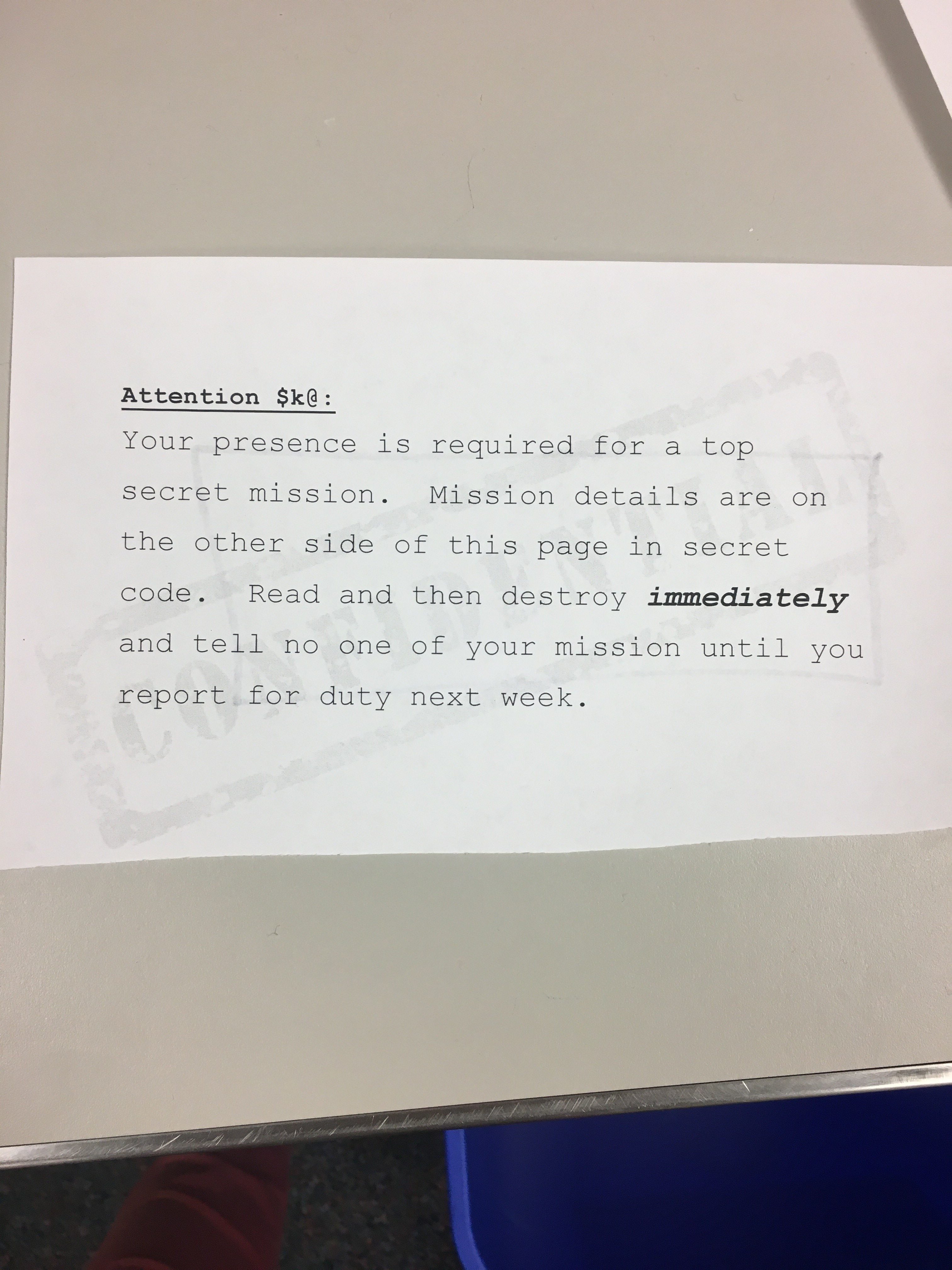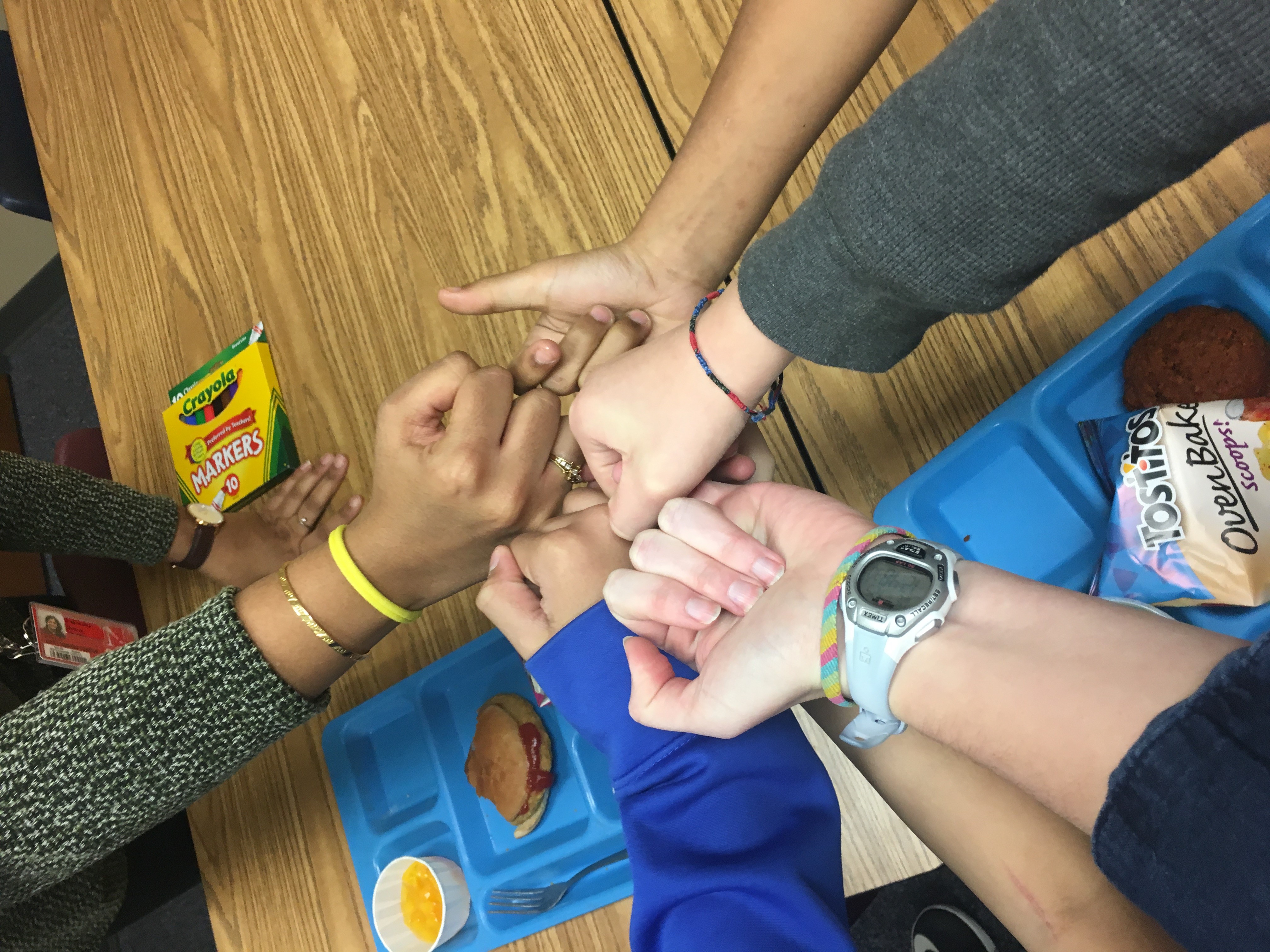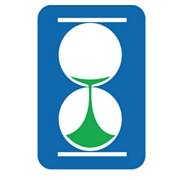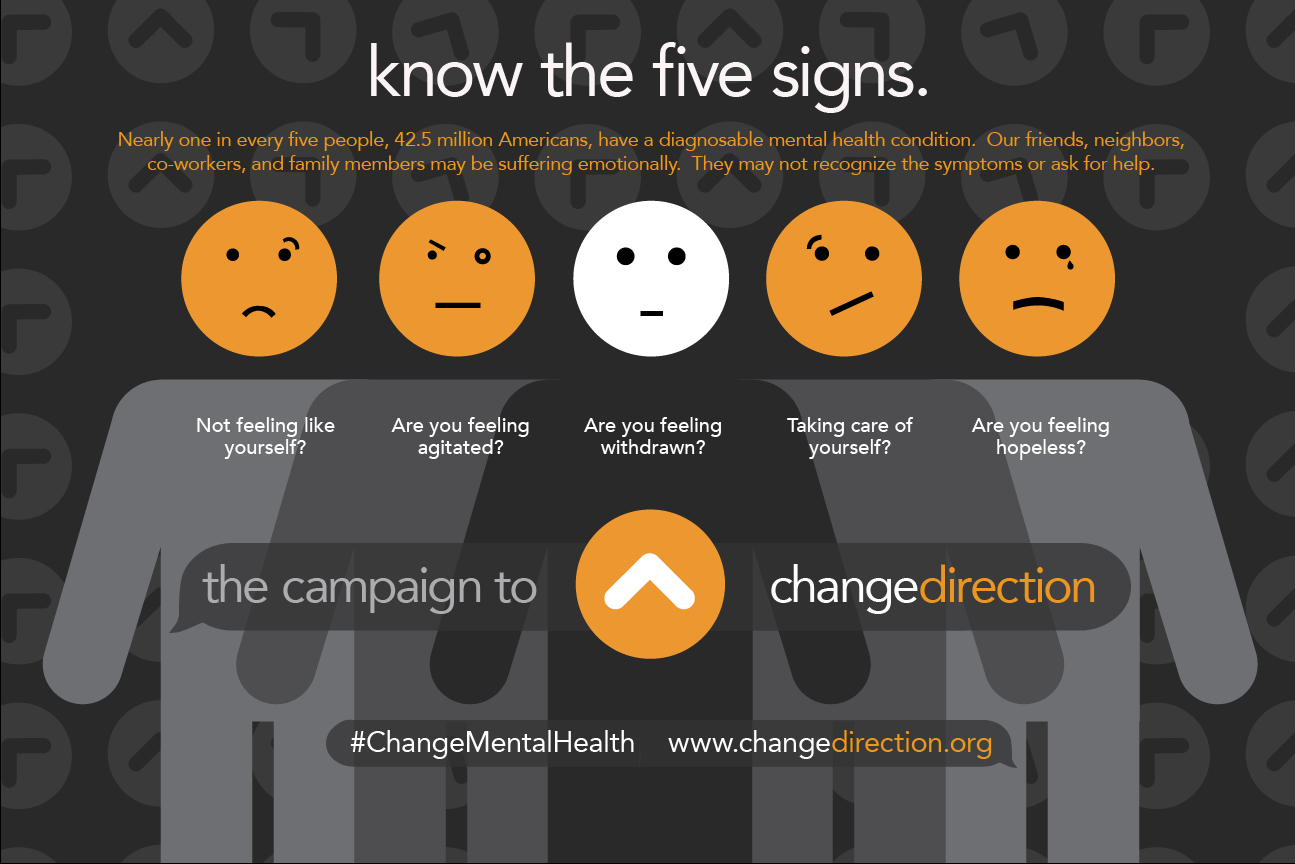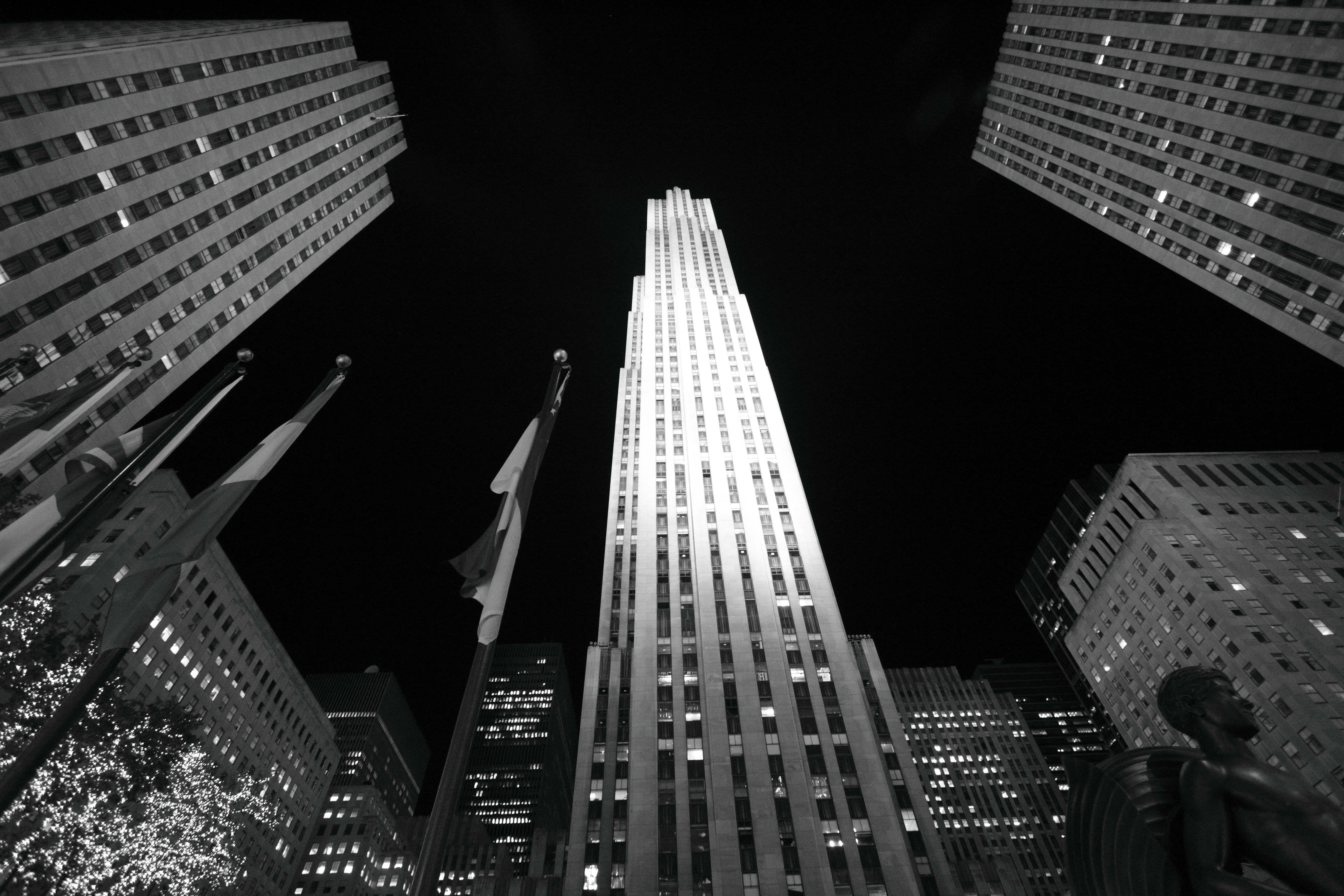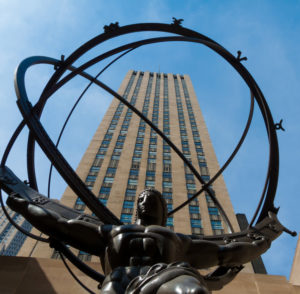Introducing the Cups of Kindness Collection
Six months ago, our Executive Director Maya Enista Smith shared the story, below, of a fundamentally simple but deeply human act of kindness that she witnessed at her local Starbucks.
Today, we’re so excited to announce that Born This Way Foundation and our Co-Founder Lady Gaga are teaming up with Starbucks to spread that message of kindness even further. We share a belief that our communities are strongest when we treat one another with compassion, respect, and generosity and we want to inspire music lovers, coffee drinkers, and everyone in between to put that philosophy into action.
So to kick off this partnership, Starbucks is launching the Cups of Kindness collection – four delicious and colorful drinks inspired and approved by our very own Lady Gaga. For every drink purchased between June 13th and June 19th, 25 cents will go towards Born This Way Foundation and our work to build a kinder, braver world.
So head to your local Starbucks and enjoy a Cup of Kindness today! You’ll be helping to support Born This Way Foundation programs like Channel Kindness and the idea that kindness can be a force for good.
======================================================================
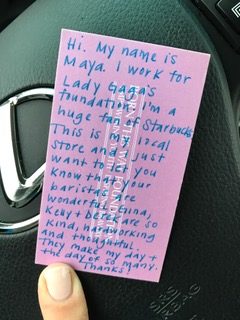 It’s pouring rain in Northern California and I’m just sitting down to start an action-packed day of work, preparing for #KickOffForKindness and planning an epic Year Of Kindness. I – of course – have my coffee with me; that coffee is one of the few things I’ll leave my office for today.
It’s pouring rain in Northern California and I’m just sitting down to start an action-packed day of work, preparing for #KickOffForKindness and planning an epic Year Of Kindness. I – of course – have my coffee with me; that coffee is one of the few things I’ll leave my office for today.
My job is kindness, and it’s incredible. In 2017, I’ve committed to thinking about kindness beyond the fact that I’m lucky to have it as the number one deliverable on my work plan; how is the world kinder because of your work today? I’d love to expand the answer to that question and think about what it means for me as a mom, as a community member, as a wife, as a friend?
We’re only 10 days into the year but I want to share a lesson I learned today in hopes that it reminds you to not only think about kindness, look for kindness and practice kindness, but also to acknowledge kindness in others.
Yesterday, on my daily coffee run at my neighborhood Starbucks I ran into my good friend Heidi.
Heidi’s beautiful three year old daughter is undergoing brain surgery tomorrow to remove tubers that are causing seizures in her little body. Heidi’s daughter bounced around Starbucks and asked me (as she usually does) if she could have a cookie. I know what cookies can do to three year olds at 10 AM, but this time I didn’t even look at Heidi for permission. I picked her up and asked her to point to the cookie she wanted and as we waited in line to pay for the cookie, I gestured to Gina (the manager at Starbucks) that this little girl was having brain surgery tomorrow.
I mouthed, mother to mother, ‘can you even imagine?’ Gina and I shook our heads at each other and she handed the little girl her cookie.
I left Starbucks, hugged Heidi, waved at Gina and went to work.
An hour later, I received a text from Heidi with a beautiful picture of her daughter, hugging a Starbucks bear. She wrote, “Your baristas are the best.”
Gina had given her a bear to keep her company in the hospital and with that bear, Gina gave Heidi kindness, acknowledgement and recognition of her incredible strength and courage.
I told my husband the story, I shared in Heidi’s joy as she treasured the unexpected but much appreciated act of kindness from a stranger ahead of a difficult, uncertain time. I kept this story of kindness to myself, mostly.
This morning, I stood in line at the same Starbucks to order the same coffee from the same friendly faces. Gina asked me urgently, when would I know about the surgery? Did they need anything else? She had just been talking to her District Manager (who was seated at a corner table in the store) about the little girl and how much it had moved her to meet her. I promised her I would keep her updated and thanked her for the cup of coffee. I got in my car, preoccupied by the Super Bowl or another memo I had to write, and thought about this story that had just unfolded at this store over the past two days.
The strangers who had been kind to me, to my friend, to each other and had done so without the expectation of anything in return. Only I had the full picture of the depth of Heidi’s fear around the surgery, the joy that Gina’s simple action had brought her daughter and the genuine concern Gina had for the child of a stranger. I sat in the driver seat and took out a business card and wrote a note to the District Manager. I went back into the rain, ran into the store and handed her the card without a word and ran back out.
Now, I have a lot of work to do and writing this blog has taken up a chunk of my morning but it was worth it. I had a front row seat to kindness this week, and I want to tell you about it and I hope you’ll look for it and tell me about it.
Kindly Yours,
Maya Enista Smith
Executive Director

